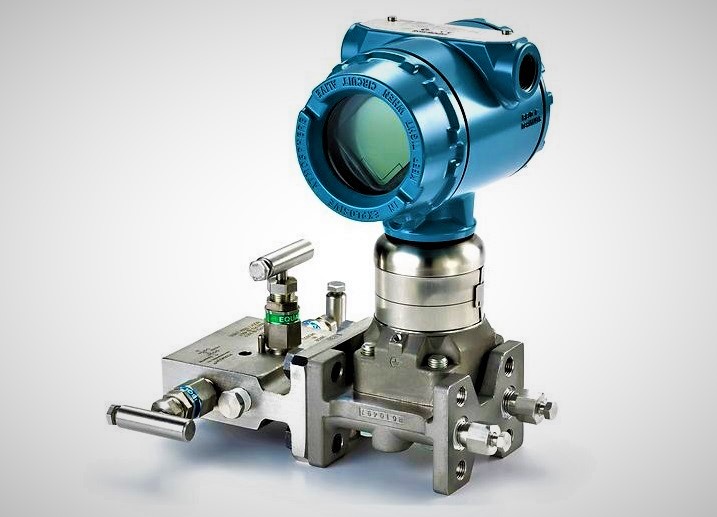Research specifications for the Rosemount model 3051S Series “coplanar” differential pressure
transmitter (model 3051S CD), located in the Product Data Sheet document (00813-0100-4801 Revision GA, April 2006). Then, answer the following questions:
Question 1:
Identify the different “performance classes” for this instrument model. Specifically, identify the
percentage accuracy and the “rangedown” (otherwise known as “turndown”) limits for each.
Question 2:
Identify some of the different codes for pressure measurement ranges. What is the lowest pressure
measurement range you can order this instrument in? What is the highest pressure measurement range?
Question 3:
Identify some of the maximum working pressures (“overpressure limits”) for different range codes. What consequence(s) might follow exceeding these limits, according to the manual?
Question 4:
Explain why the higher gage pressure ranges are asymmetrical (i.e. why their negative pressure limits
are so much less than their positive pressure limits). All the differential models have symmetrical ranges, so why don’t the gage models?
Question 5:
Identify some of the different isolating diaphragm materials available for this instrument. Explain why
the sensing diaphragms don’t come in different material types as well.
Question 6:
Identify the sensor fill fluid options available for this “coplanar” model. Note: this is the fill fluid used
to fill the transmitter’s internal sensor, not to fill remote-seal capillary tubes and diaphragms (that would
be the model 3051S L).
Share your answers.
